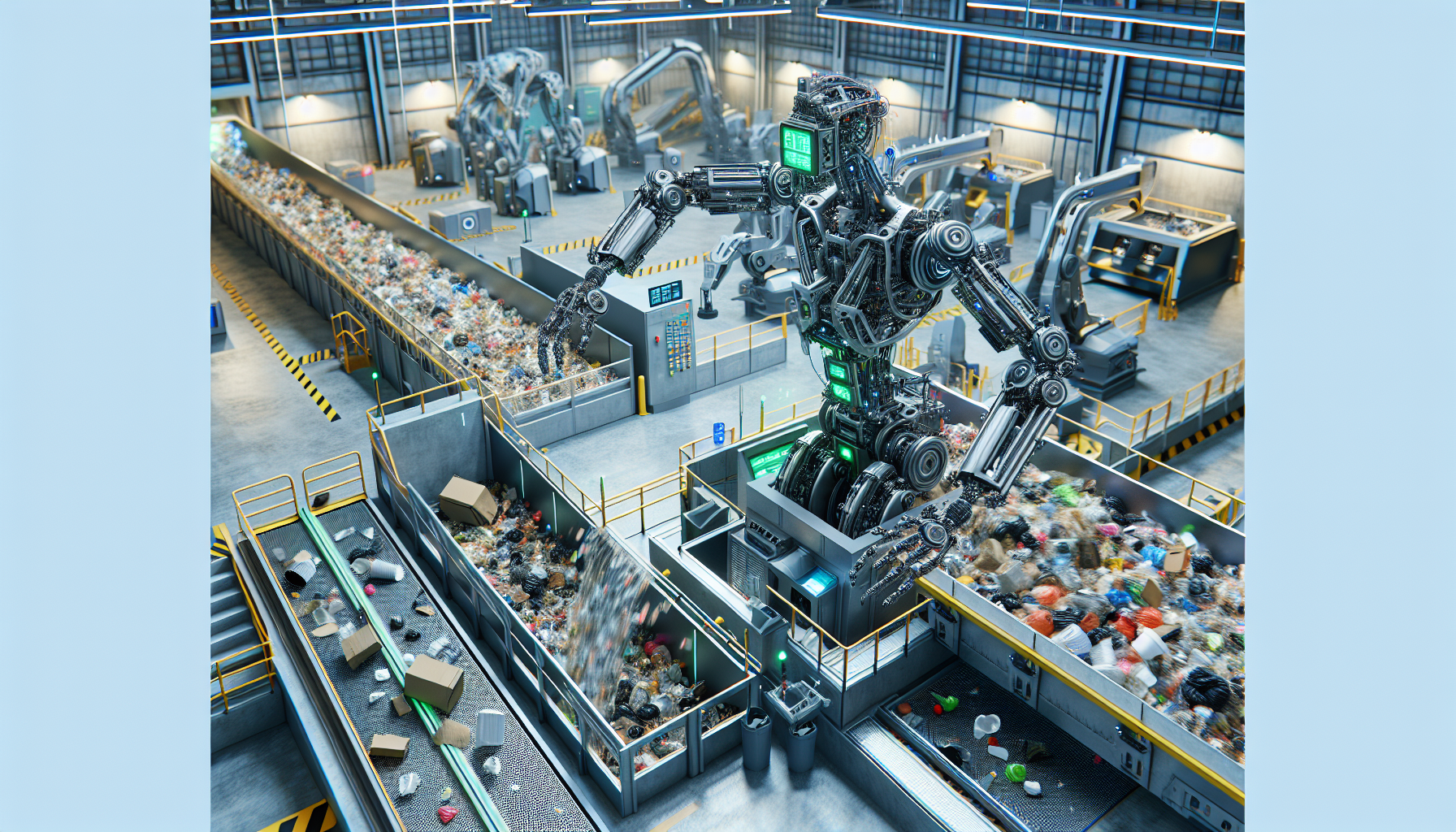The creation of a trash-sorting robot that mimics the human sense of touch marks a remarkable step forward in robotics and waste management. This groundbreaking robot is built with advanced sensors that enable it to accurately distinguish between various types of materials, boosting both the efficiency and precision of waste sorting.
Key Features of the Trash-Sorting Robot
- Advanced Sensors: This robot is equipped with sophisticated sensors that help it detect and identify different materials. These sensors can assess texture, weight, and other physical characteristics, allowing the robot to make smart choices about where each item should be placed.
- Mimicking Human Touch: One of the most critical aspects of this robot is its ability to replicate the human sense of touch. By imitating how we use our hands to feel and identify objects, the robot can handle a diverse range of materials with greater precision. This skill is particularly vital in waste sorting, where materials can vary significantly.
- Improved Accuracy: Conventional waste sorting methods often depend on visual recognition or simple mechanical systems, which can be less reliable and more labor-intensive. The robot’s advanced sensors and tactile feedback enhance sorting accuracy, reducing contamination risk and improving recycling processes.
- Potential Applications: The benefits of this technology go beyond waste management. Its capability to accurately sort materials can also be applied in industries like manufacturing and logistics, where precise material identification is essential. Moreover, it can foster better recycling practices, helping to minimize waste and encourage sustainability.
Benefits and Future Implications
- Environmental Impact: By improving waste sorting accuracy, this robot can boost recycling rates, which in turn reduces the amount of waste sent to landfills. This contributes positively to the environment by conserving natural resources and lowering greenhouse gas emissions linked to waste disposal.
- Economic Efficiency: Advanced robotics in waste sorting can also result in cost savings. Automated systems can operate continuously without breaks, reducing labor costs and enhancing overall efficiency in waste management.
- Technological Advancements: The development of this robot showcases the ongoing progress in robotics and sensor technology. As these innovations continue to grow, we can anticipate even more advanced applications across various fields, from healthcare to manufacturing.
Conclusion
The trash-sorting robot that mimics the human sense of touch represents a transformative innovation that merges advanced sensor technology with robotic accuracy to improve waste management. By effectively identifying and sorting different materials, this robot has the potential to greatly increase recycling rates, lessen waste, and support a more sustainable future. As this technology evolves, it promises to create far-reaching benefits across multiple industries, driving efficiency, accuracy, and environmental conservation.

Leave a Reply